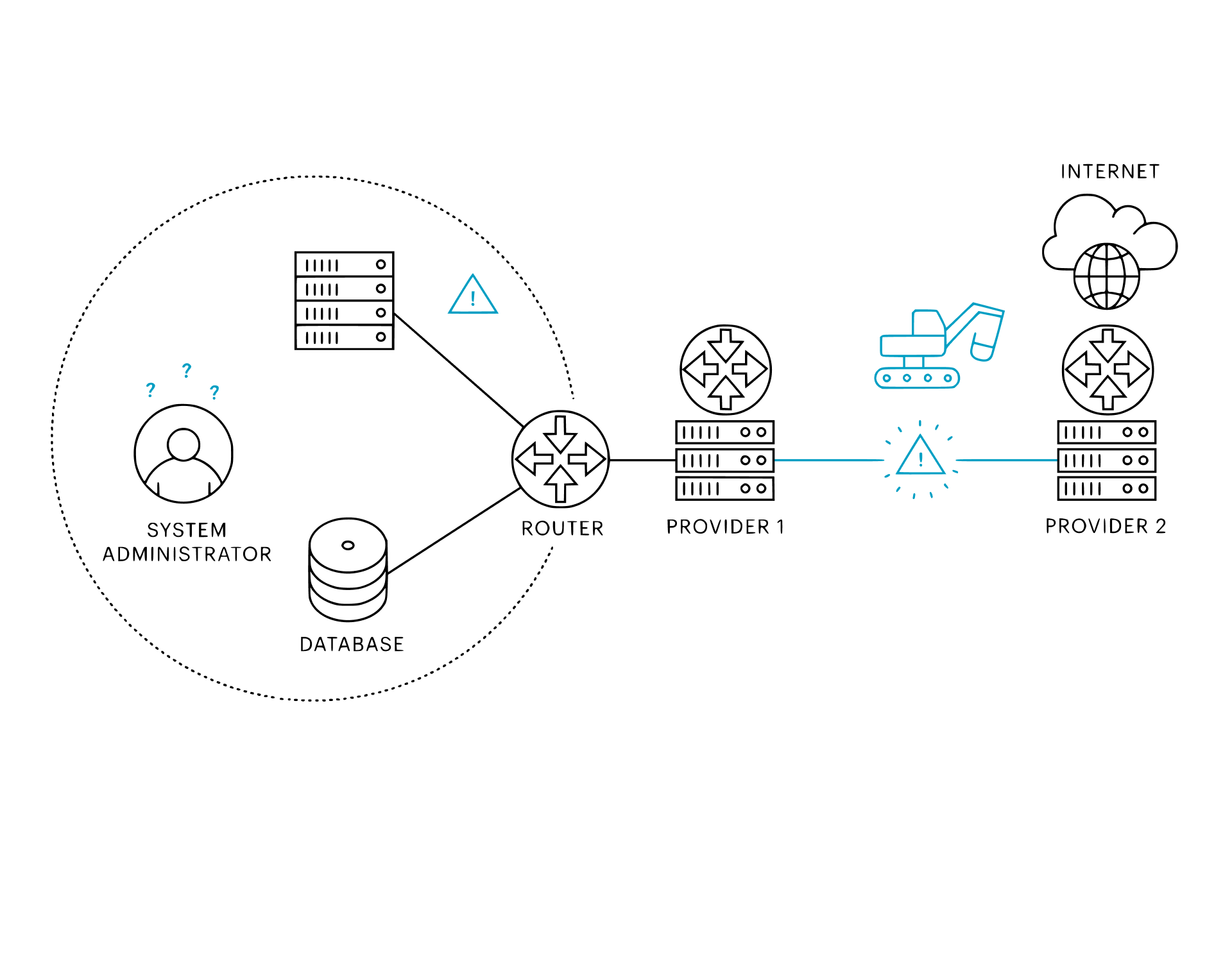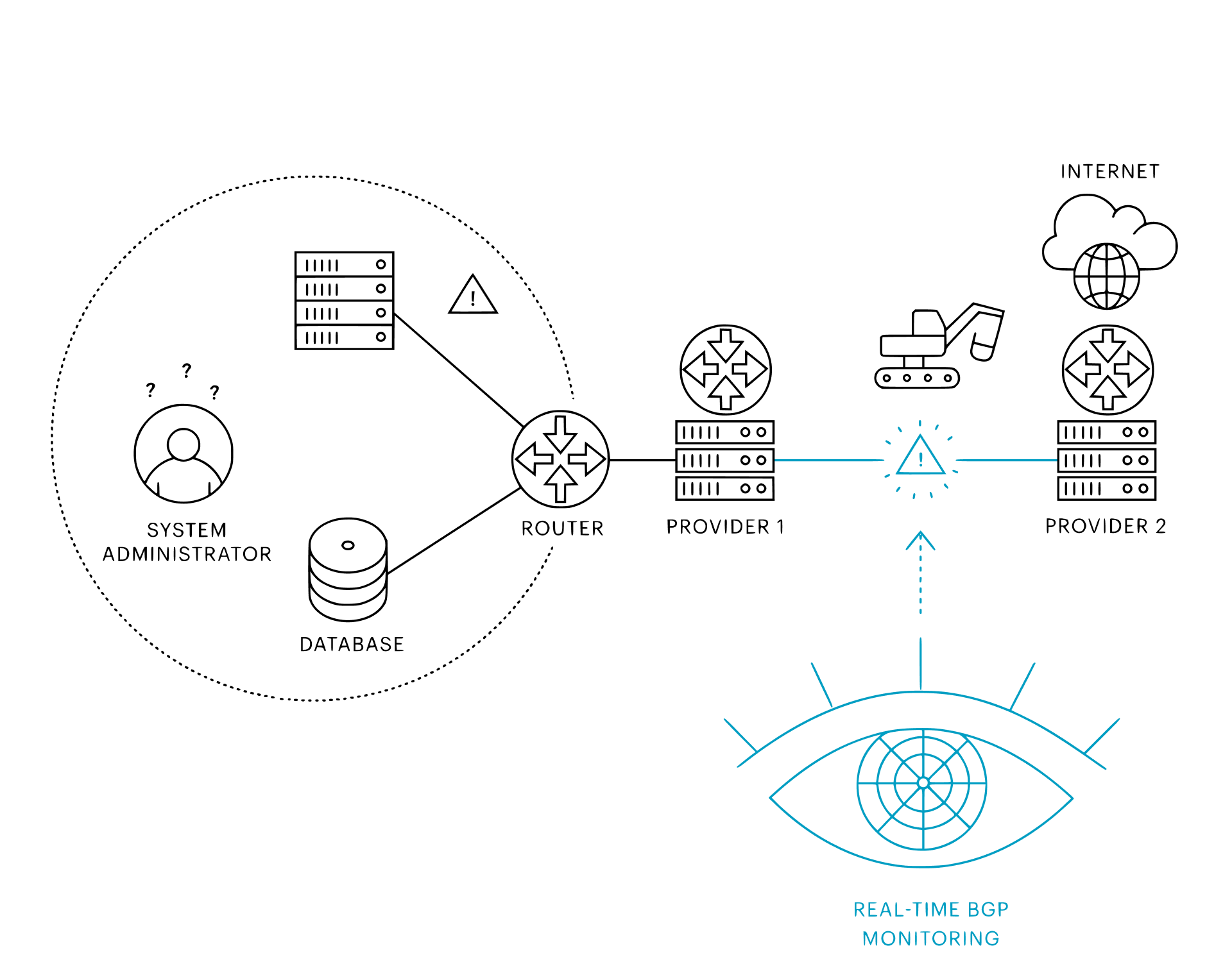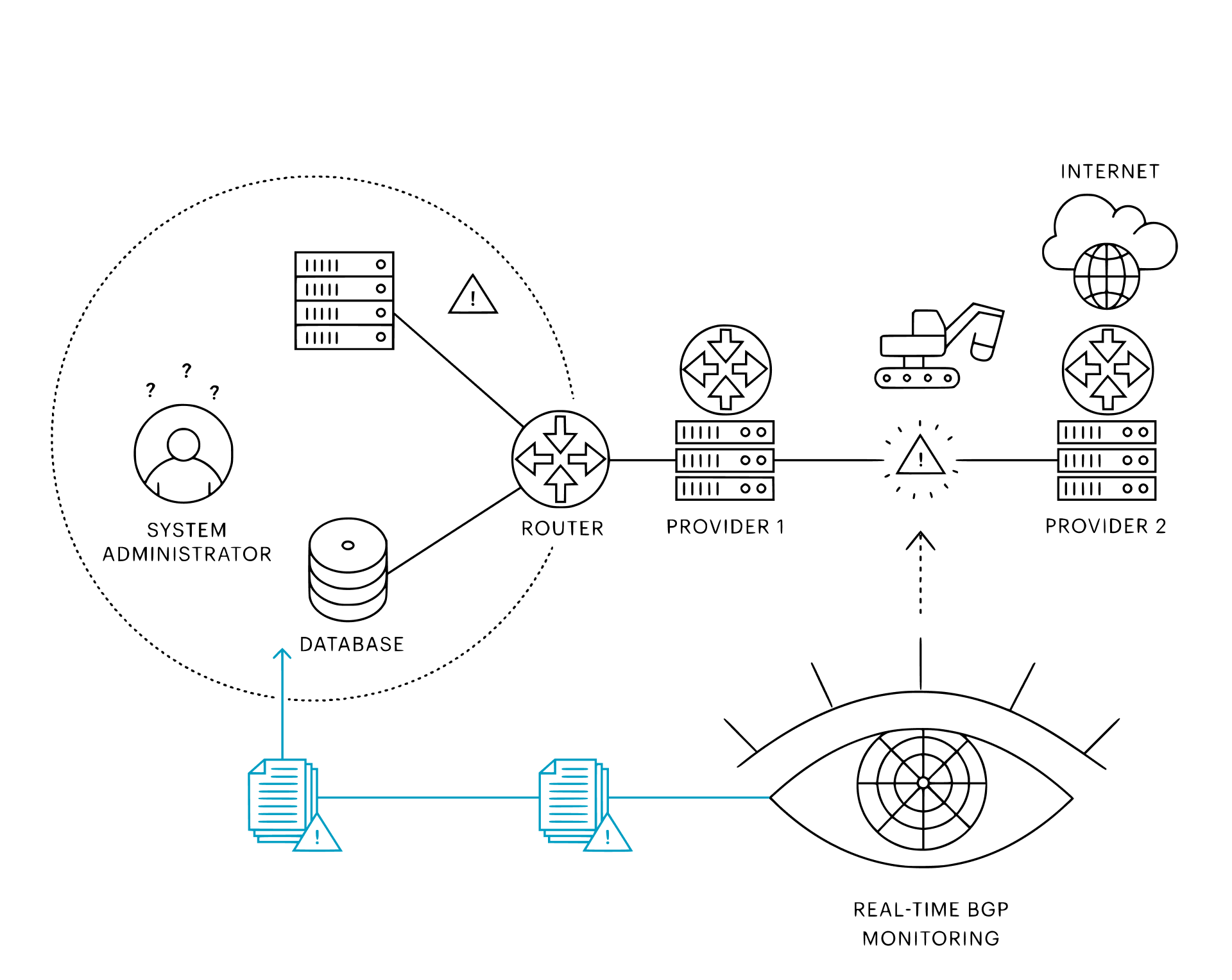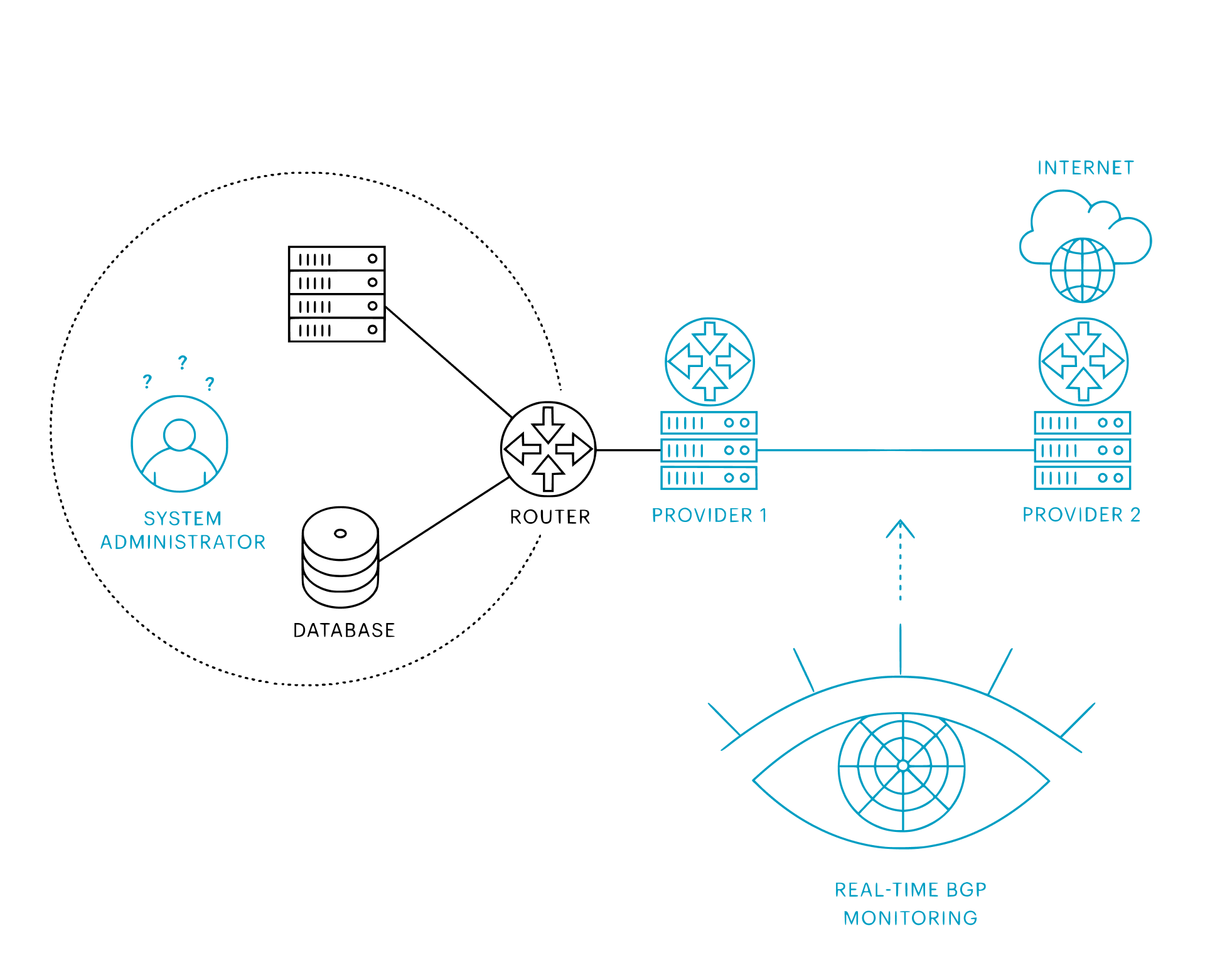Qrator.Radar
The world’s largest real-time routing data collector and network behavior anomalies detector
1 min
approximate BGP incidents notification time
91%
of Autonomous Systems were affected by BGP Incidents in 2022
> 900
observation points around the world, covering more than 90 countries
The Power of Border Gateway Protocol
The crucial role in networks reachability and normal functioning on international and national levels is reserved to the Border Gateway Protocol. It makes possible the information exchange about IP address availability between networks of internet service providers (autonomous systems), allowing to choose a route that traffic will follow until it reaches the destination. However, each ISP selects the route from all the alternatives on its own. Since within the specifications for Border Gateway Protocol, there is no limitation in what the operator could do with the traffic. There is no authentication or verification of incoming routes to networks, preventing traffic management issues between ISPs (routing incidents).
It is almost impossible to detect network incidents from inside a customer's network. Usually, ISPs monitor only their traffic and cannot observe the routes between other ISPs globally. For these purposes of global traffic monitoring and anomaly detection, one needs a specialized tool that works at a level of interdomain routing.
Real-time BGP Monitoring
Optimize traffic routes and make informed decisions
is one of the largest BGP collectors in the world
(counting the number of sessions and routing tables). Hundreds of ISPs worldwide provide Qrator Labs with data on all the available within routing tables networks.
Stay Ahead with
Qrator.Radar detects thousands of routing incidents globally every day.
Real-Time BGP
Instant customer alerts via syslog, email, and API. Swift response to incidents for improved network security and business outcomes.
Developed algorithms process
Qrator Labs' in-house developed algorithms process received information and searches for any anomalies that could lead to the incidents. The essential part of this is supported by a mathematical model defining the relationship between autonomous systems.
Benefits and features
How Qrator.Radar Works
Bad routing
Once a network incident happens, it starts affecting a customer’s business causing connectivity problems and frustrating delays in response times. External issues are challenging to debug once inside a customer’s network so it takes time for network engineers to find BGP trouble spots. All this results in the company sustaining losses as routing changes affect its network performance.
Detecting
Qrator.Radar detects a problem based on routing data collected from over 800 BGP sessions with global ISPs and processed by unique mathematical algorithms.
Reporting
Qrator.Radar makes a detailed description of the issue, determines its reason and the culprit, and alerts a customer within a minute by email/syslog/API/etc.
Repairing
It takes less time to fix the problem as its reason is already clear for the network engineers. Qrator.Radar ensures better network performance and reliability of the customer’s service.
Trusted by 15 000+
Users all over the globe
Backspace Technologies improves real-time BGP anomalies detection to ensure better network performance and high availability of service with Qrator.Radar.
Qrator.Radar helps Dailymotion ensure high quality of video broadcasts with a primary focus on controlling and detecting network anomalies, which may cause a degradation of the video delivery service.
Cindicator stops Denial of Service issues and mitigates infrastructural and reputational risks with Qrator Labs filtering network letting the platform run like clockwork 24/7.
Türk Telekom improves routing health of its network detecting global connectivity incidents with Qrator.Radar
Olymp Trade reaches continuous availability of its resources and provides a secure trading environment for customers using Qrator.AntiDDoS solution
Qrator Labs helps Lazada prevent targeted attempts to disable the system with sophisticated DDoS attacks ensuring uninterrupted business operations, and boosting website performance.




